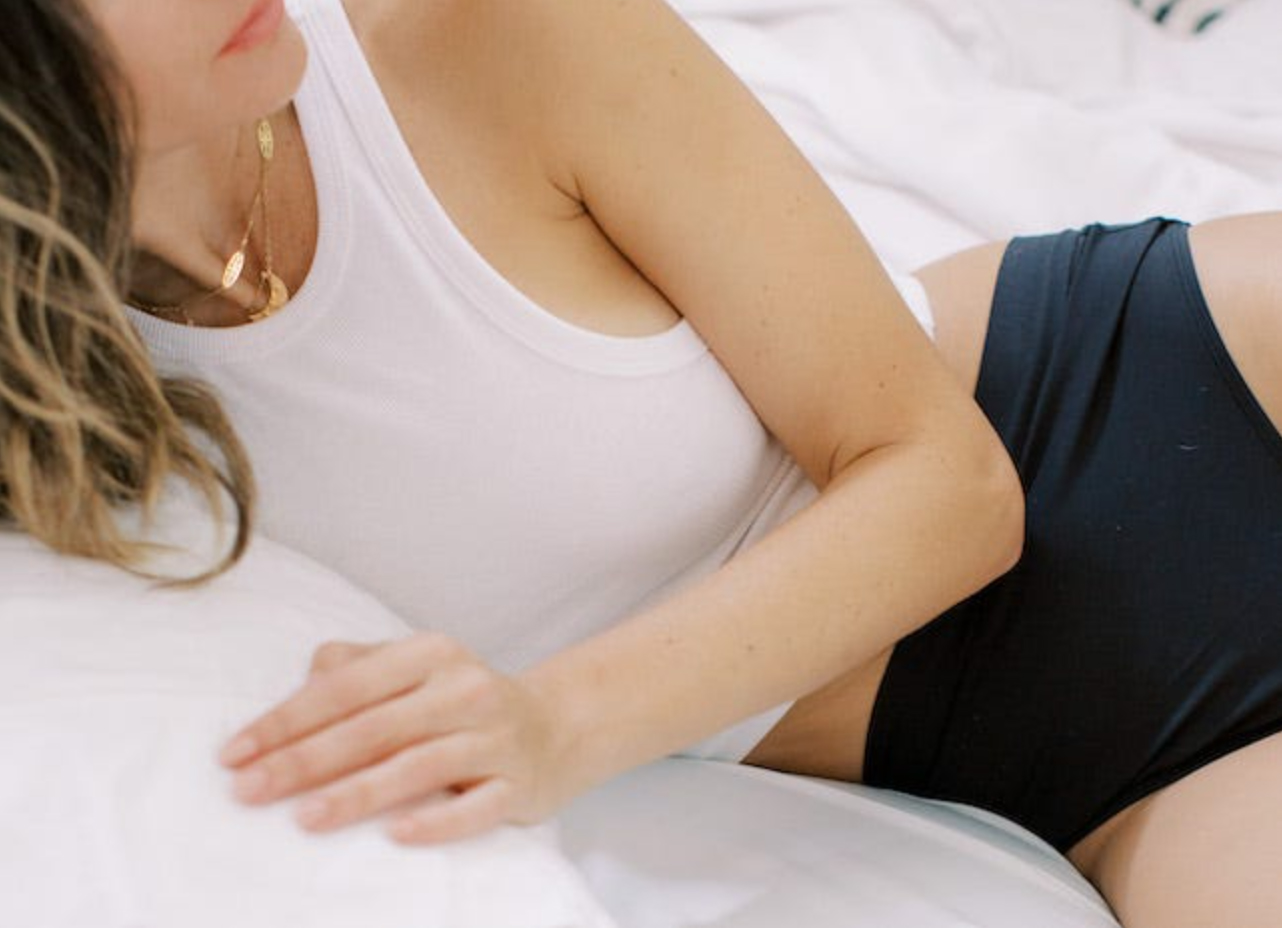
Don’t sneeze! Why we women pee a little bit now
Getting older has its charms, like instinctively knowing which sibling will flake a family event or effortlessly navigating your way through the grocery store in a mad dash before they close. But it also can suck a little. For example, your bladder may not be what it used to be.
There are lots of potential causes of “urinary incontinence” (ungh!) or “bladder dysfunction” (double ungh!) that you could start to experience as you age. Childbirth can lead to all sorts of fun bodily changes, as can aging, gaining weight, or an illness. Most often, peeing a little when you cough, sneeze, or workout vigorously is because the muscles around your pelvic floor may be too weak to control the flow of urine.
Why you might pee more in midlife
Many reasons could lead to frequent urination, but two common causes brought on by aging are weakened pelvic floor muscles, as noted above, as well as a loss of estrogen due to menopause.
When pelvic floor muscles are the cause, they can be too weak — or too tight. “Pelvic floor dysfunction occurs when there is either too much tension on the pelvic floor muscles (high tone) or not enough (low tone) contributing to urinary incontinence, constipation, pain during intercourse or pain in the lower back, pelvic region, genitals or rectum,” notes Beaumont Health in Michigan. This can happen as a result of pregnancy and giving birth, or even from just gaining weight. And yep, it also can happen because of menopause.
How low estrogen can lead to more peeing
Low estrogen is also the reason why your mom or aunt always had to stop at every rest area on family road trips. “If your estrogen levels are low, like during menopause, you may experience more frequent (and more urgent) urination as your bladder feels full. Reduced estrogen levels can also cause you to have to pee often at night.” But having to go all the time isn’t the same as going a little bit when you’re jumping around or trying to lift a heavy weight at the gym.
But that’s not all — even more reasons you might pee more
The National Institute for Health’s National Institute on Aging notes that there are also diseases that can impact your bladder and could lead to changes in what you consider “normal” bladder function for your body. You could be experiencing a urinary tract infection or have nerve damage due to diabetes, multiple sclerosis, or Parkinson’s disease. This isn’t meant to scare you, but just to reinforce the notion that you should definitely talk to your doctor or OBGYN or seek advice from a urology specialist if you start to experience big changes in your bladder function.
What can you do about frequent urination?
We’d never recommend dehydrating yourself nor slacking off that water habit. But you can take some simple steps to protect your pants from embarrassing accidents at home, work, or even while you sleep.
1. Get those pantiliners out
Those simple “light days” liners can also absorb more than just menstrual blood (or that weird blue liquid in commercials). They can also handle a little drip, drip, drip if you have the sneezes.
No need to shop the incontinence section of your local grocery or drug store just yet, but if you do, look for light protection on those pads, too. (No shame in that game, obviously, but let’s just take things one step at a time.) You can also order them online, like a modern lady.
- Get Poise for leaks, or Cora or Always Discrete liners, both designed for light leaks.
- Try out liners you can reuse after washing, including these from Rael or wegreeco.
Hint: look for “postpartum” in the name, or “motherhood” — which can indicate products designed for more than just during menstruation.
- In a real pinch? Just use a light liner from your period supplies and that may be enough for you. If not, then it’s time for an upgrade.
2. Go for the period panties
Thank goodness for advancements in “period technology” right? We have “absorbing” and washable period underwear in all sorts of sizes and styles to choose from. While not every blood-absorbing underwear advertises itself as an option for urine, there’s no reason why one can’t work. (No, you can’t use a menstrual cup here. Those aren’t the same pipes, despite what some lawmakers think.)
- Brands have gotten more size-inclusive in a very short time, (like The Period Company which goes to 6X) and regular underwear brands now make period underwear, too, like those from Hanes and Bali with “leak protection” in the name.
- Some made specifically for bladder leaks include Speax by Thinx and Pee by Period (though the latter is still fighting to meet demand).
- I’ve had good luck finding ones that fit my curves with brands like Bambody and Innersy that offer a wide range of undie sizes and cuts.
3. Get professional help for frequent peeing
Yes, Virginia, there is a physical therapist for your pelvic floor. You can start with a quick search for “pelvic floor therapy near me” or pick up the phone or messaging app and talk to your GP or OBGYN about your concerns. (If they’re a woman of a similar age, they’ll get it without any additional explanation).
They should be able to recommend a physical therapist who specializes in pelvic floor strengthening. That means you could get insurance to pay for therapy (which is literally the dream in America, after all). You also can look for independent providers who specialize in this kind of PT. In my town, I found a couple, but a quick call taught me that the sessions would cost me $150 each and they recommended six appointments. I’d rather try my insurance at those rates. Do what works for you!
4. Don’t just “deal with it“
Look, I know it can be a little embarrassing, but literally every woman you know has likely dealt with this issue at some point in their lives. They are either “putting off” going to a professional or have already gotten treatment — you definitely don’t have to suffer with this forever.
Go ahead and get better and then enjoy that big sneeze or laugh and lift those heavy things above your head. Your bladder, pelvic floor, and cute new undies will thank you.




